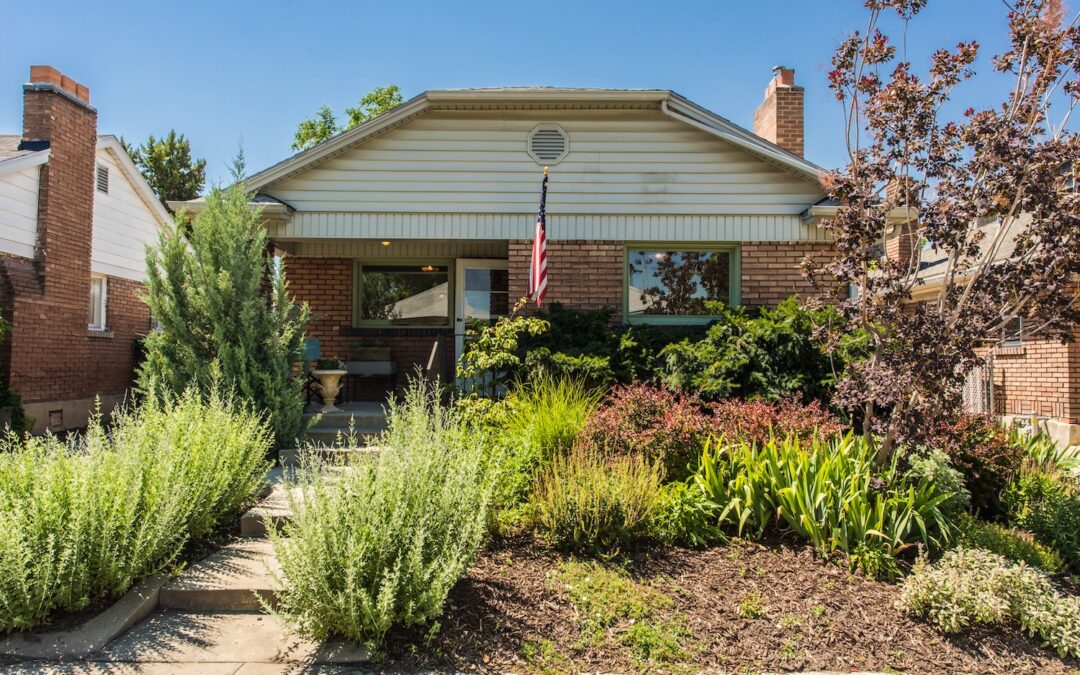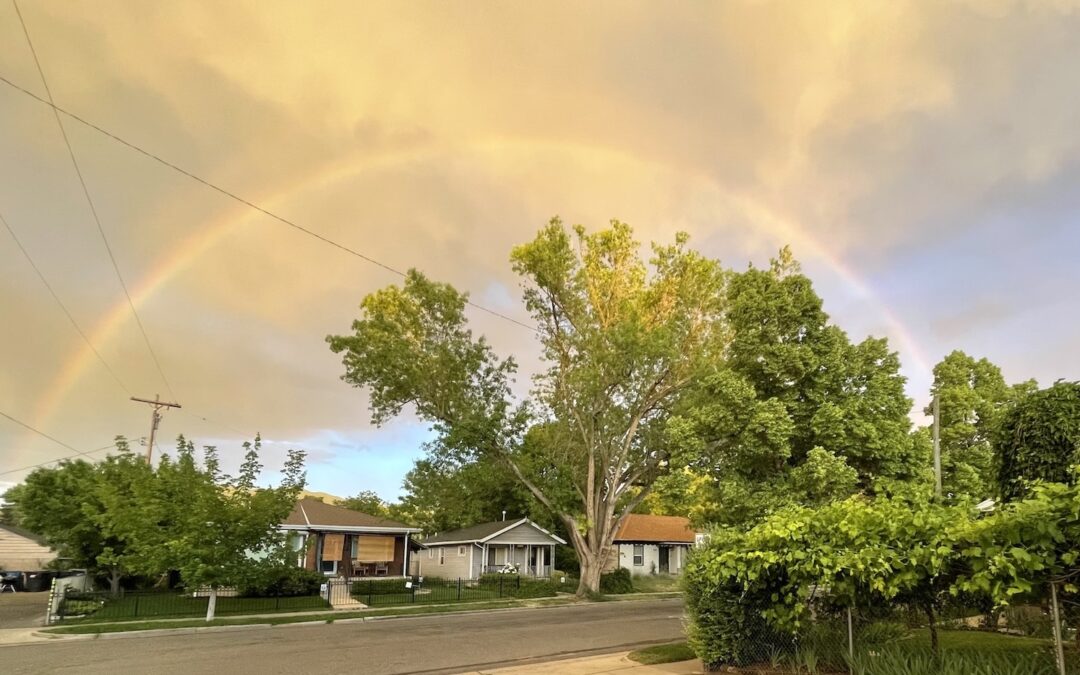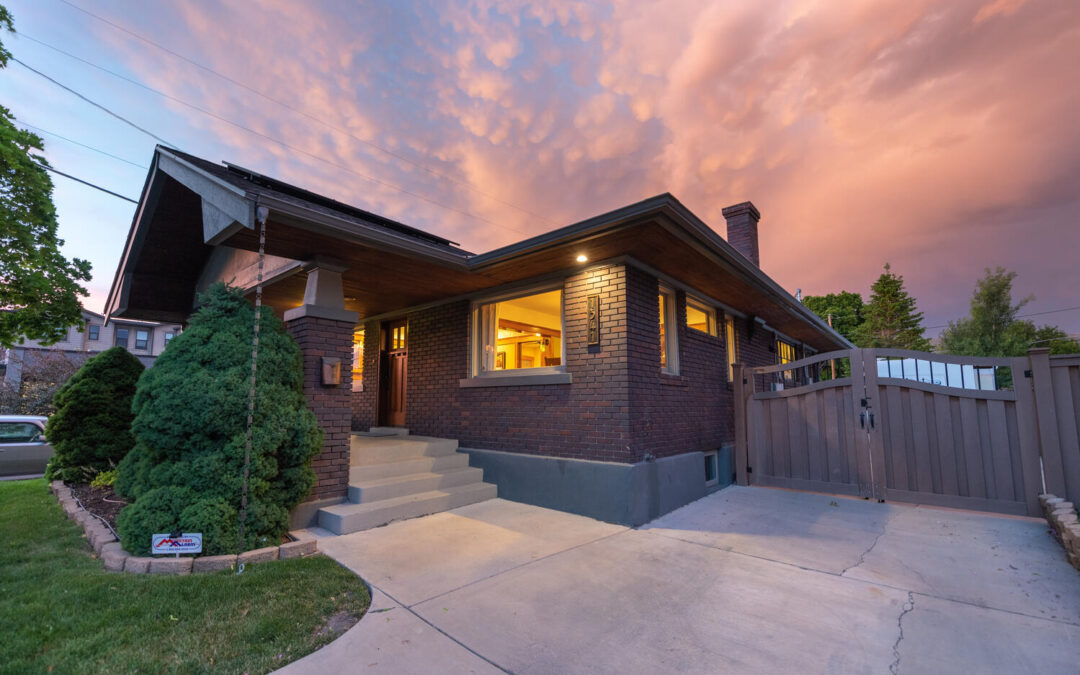Retirement ushers in a season of change, often marked by a shift in lifestyle and living spaces. For many, it’s a time to consider downsizing from your large family home to something more manageable and fitting for this new phase of life, like a rambler or a condo. This transition, while significant, can be an exciting and liberating experience.
The Benefits of Downsizing
Reduced Maintenance and Upkeep
One of the most appealing aspects of moving to a smaller home or condo is the reduced maintenance responsibility. Ramblers or single-story homes often require less upkeep than their larger counterparts. Similarly, condos can offer the added benefit of maintenance services, allowing you to focus more on enjoying retirement and less on home chores.
Financial Advantages
Downsizing can also have financial benefits. Selling a larger home and moving into a smaller one often frees up equity that can be used to bolster your retirement savings. Additionally, smaller homes typically have lower utility bills, property taxes, and insurance costs, which can contribute to a more affordable lifestyle.
Accessibility and Mobility
As mobility becomes a consideration, single-story homes and condos offer the advantage of having no stairs, making them more accessible and reducing the risk of falls. This aspect can be essential for those wanting to age in place comfortably.
Finding the Right Fit
Location and Community
When choosing a rambler or condo, consider the location and community. Many retirees look for neighborhoods with easy access to healthcare facilities, public transportation, and social amenities such as clubs, restaurants, and shopping centers. Proximity to family and friends is also an important consideration for many.
Lifestyle Considerations
Think about how you want to spend your retirement years. If travel is a priority, a condo might be ideal for its lock-and-leave convenience. If gardening and having a bit of outdoor space are essential, a rambler with a small yard could be the perfect fit.
Size and Layout
Decide on the size and layout that best suits your needs. It’s not just about choosing a smaller space but also an efficiently designed space for your lifestyle. Open floor plans, ample storage, and guest rooms for visiting family can make your new home practical and welcoming.
Preparing for the Move
Decluttering and Downsizing
Moving to a smaller home often involves decluttering and letting go of possessions that may no longer be necessary or fit in the new space. This process can be emotional but cathartic, as it allows you to simplify your life and keep only what is meaningful or valuable.
Customizing Your New Home
Consider how you can make your new home feel like a true reflection of your style and needs. This might include renovations, redecorating, or simply arranging your favorite belongings to make the space feel comfortable and uniquely yours.
Embracing the Change
Finally, embrace the change as a positive step. Downsizing can be seen not just as a reduction in living space but as a way to enhance your lifestyle, increase your freedom, and open up new opportunities for your retirement years.
Downsizing of any sort as you enter retirement represents more than just a change in residence; it symbolizes a shift towards a more relaxed, simplified, and perhaps even more adventurous way of living. It’s a chance to redefine your lifestyle, reduce burdens, and focus on what brings you joy and fulfillment. As you embark on this journey, remember that downsizing is not just about letting go of a space you’ve known; it’s about moving forward into a future that’s crafted just for you.
Salt Lake City And You
SLCHomes.com is a great resource to learn more about the city. SLC Homes helps those considering relocating to SLC in finding a home or condo. Check out our relocation info page to learn more about how we can assist you in this exciting next phase of your life!




